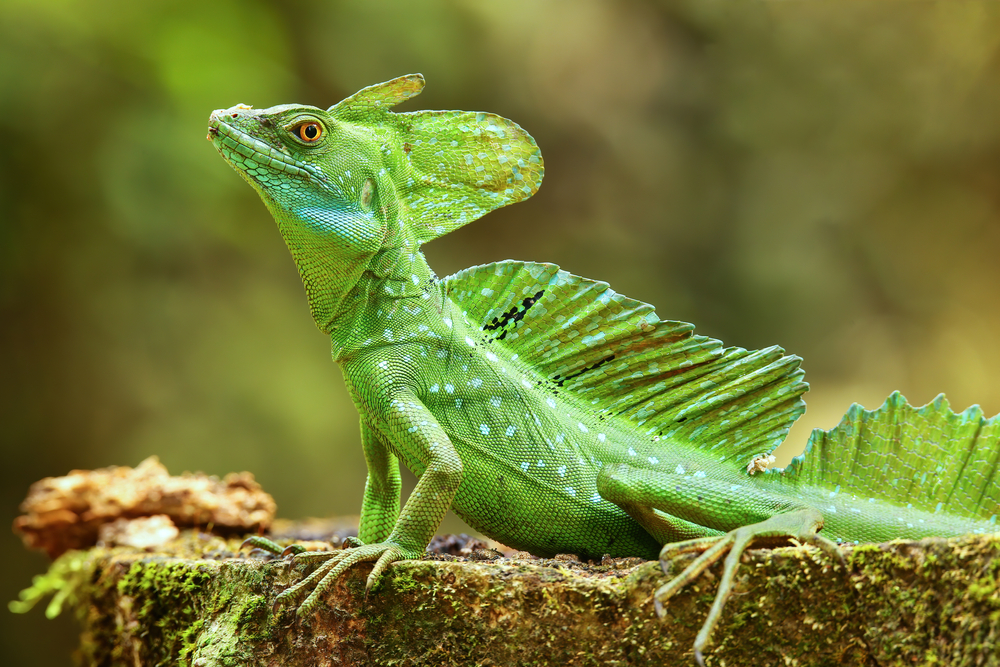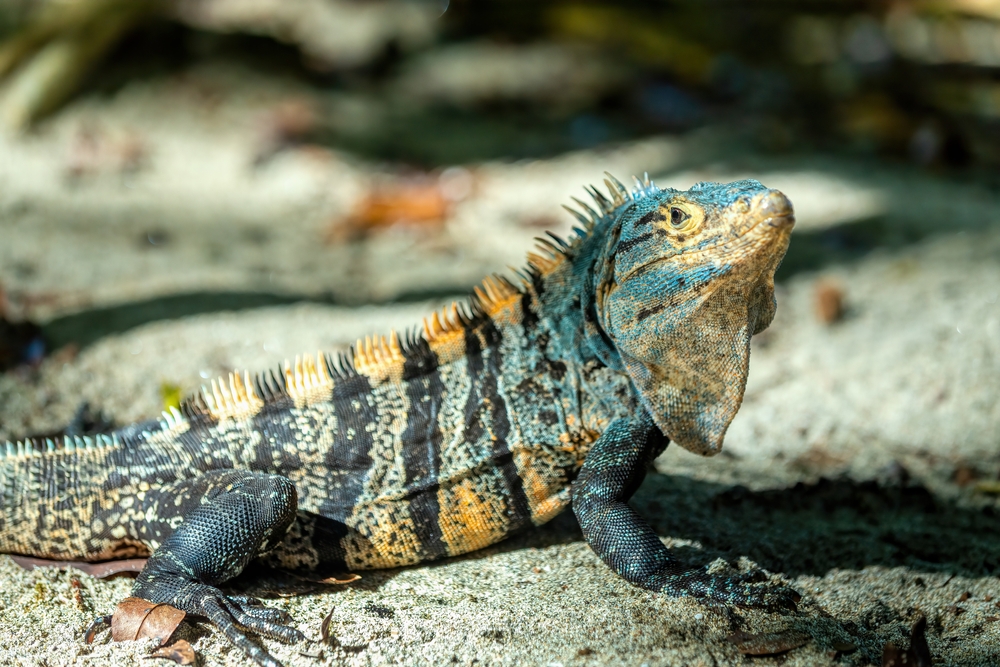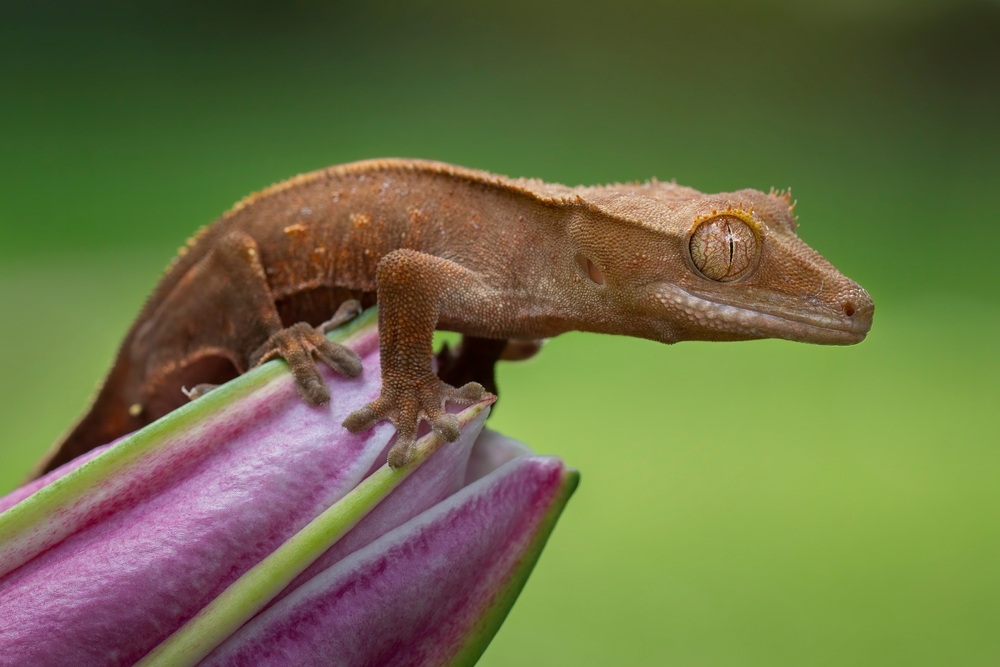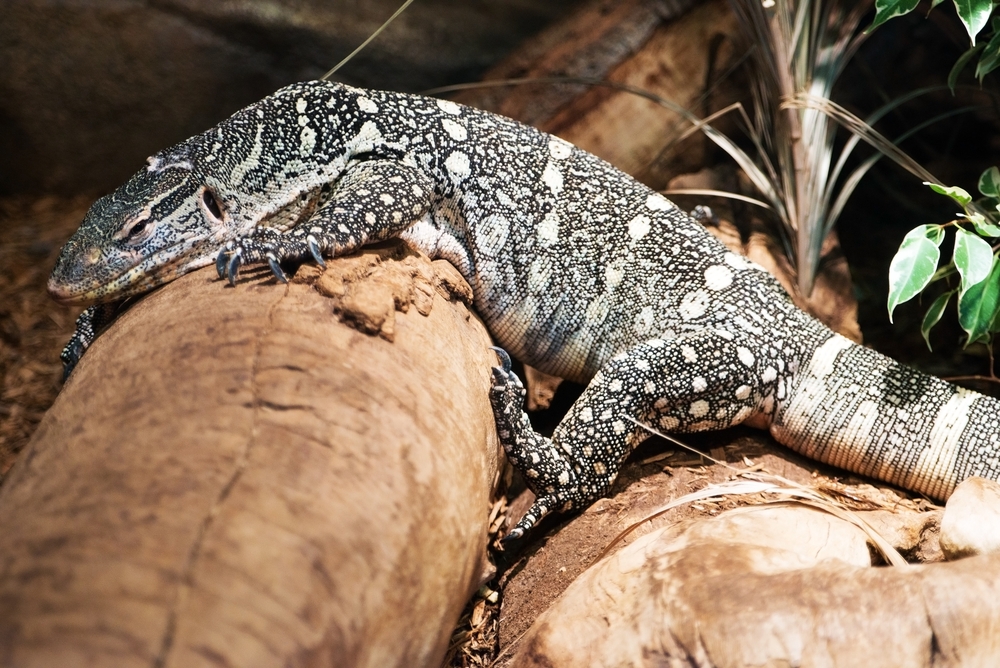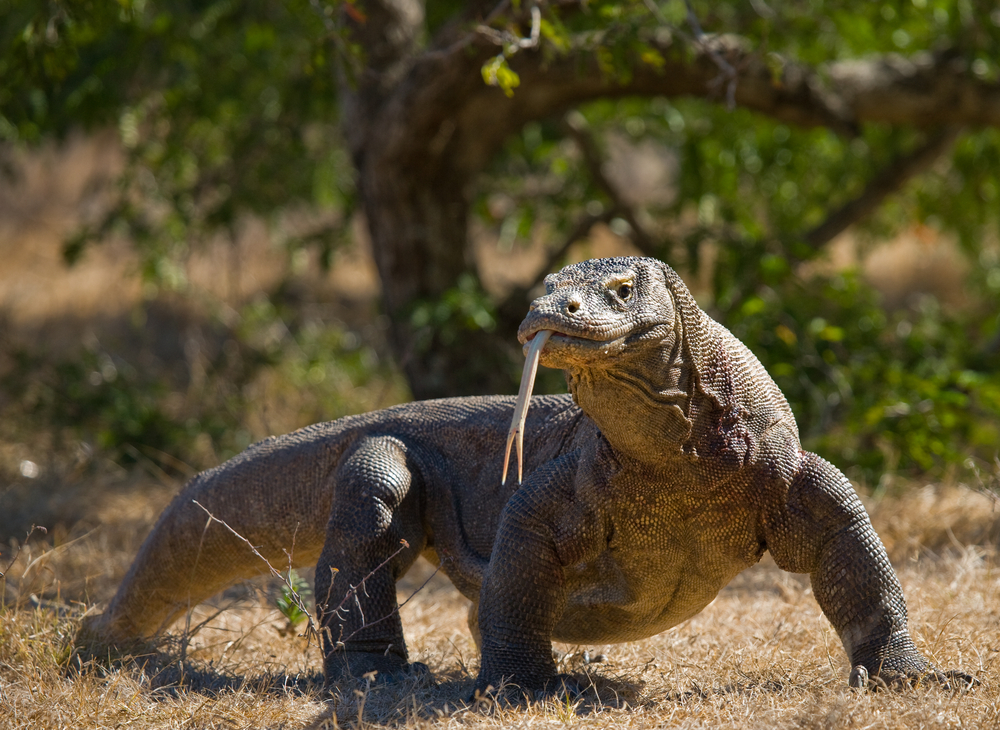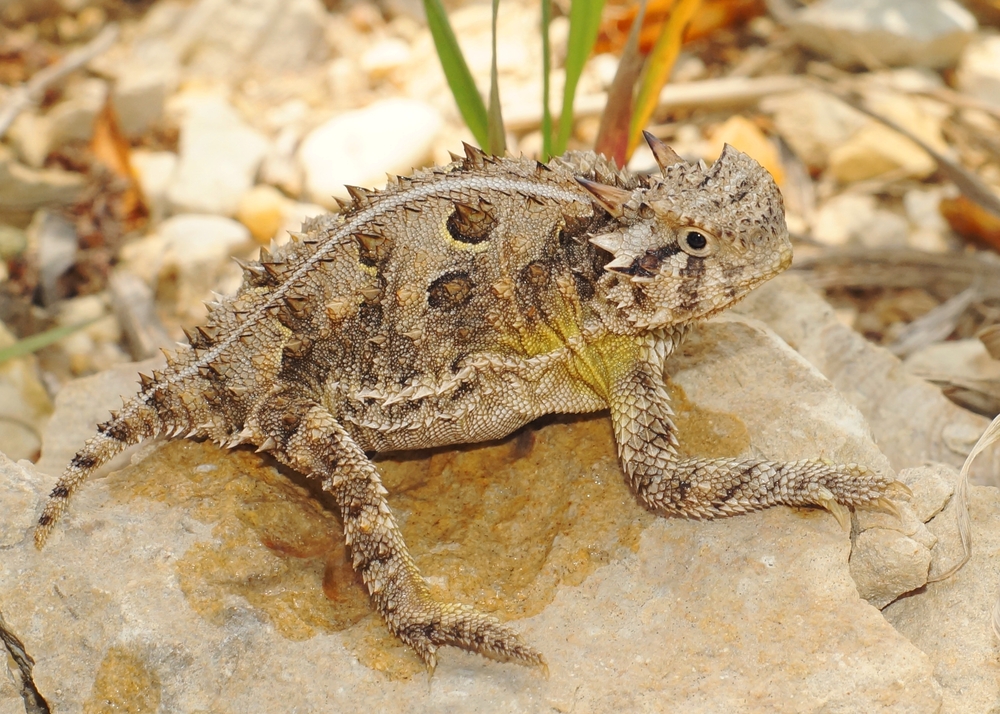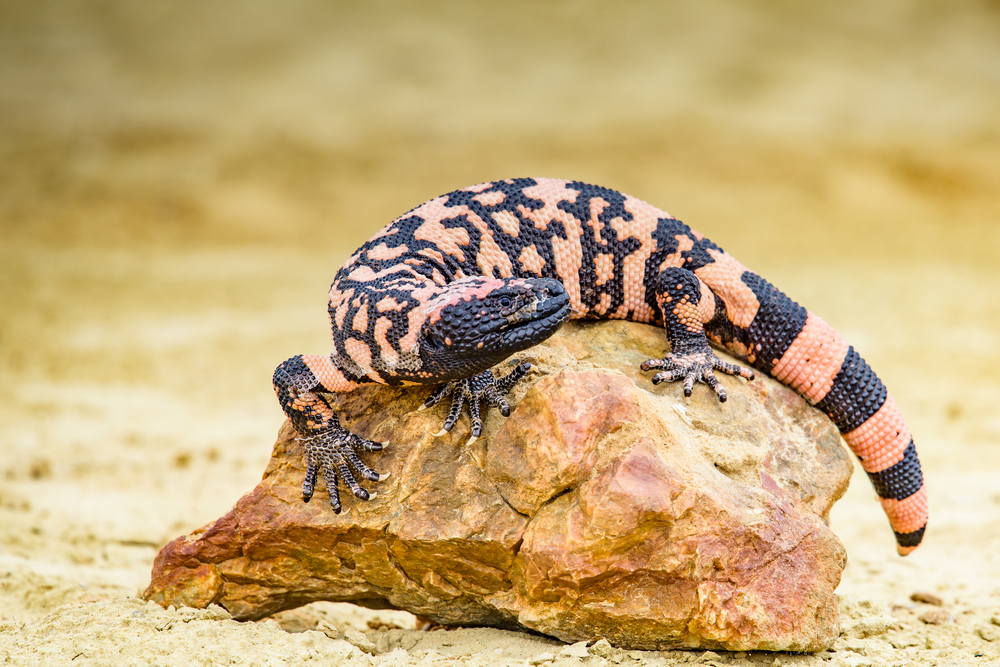The closest relatives to the Basilisk Lizard are other members of the genus Basiliscus, all of which share similar features like crests, elongated limbs, and the ability to run bipedally:
-
Plumed Basilisk (Basiliscus plumifrons):
-
Found in Central America (e.g., Costa Rica and Nicaragua)
-
Bright green coloration, with more elaborate head and back crests than B. basiliscus
-
Often considered the most visually stunning of the basilisk species
-
-
Brown Basilisk (Basiliscus vittatus):
-
Smaller and more widespread, including introduced populations in southern Florida
-
Lacks the pronounced crests of other species but shares the water-running ability
-
-
Striped Basilisk (Basiliscus galeritus):
-
Native to South America
-
Smaller and less ornamented, but still highly agile and water-adapted
-
All members of the genus are semi-aquatic, fast-moving, and capable of running across water, with subtle differences in size, coloration, and crest structure.



































































